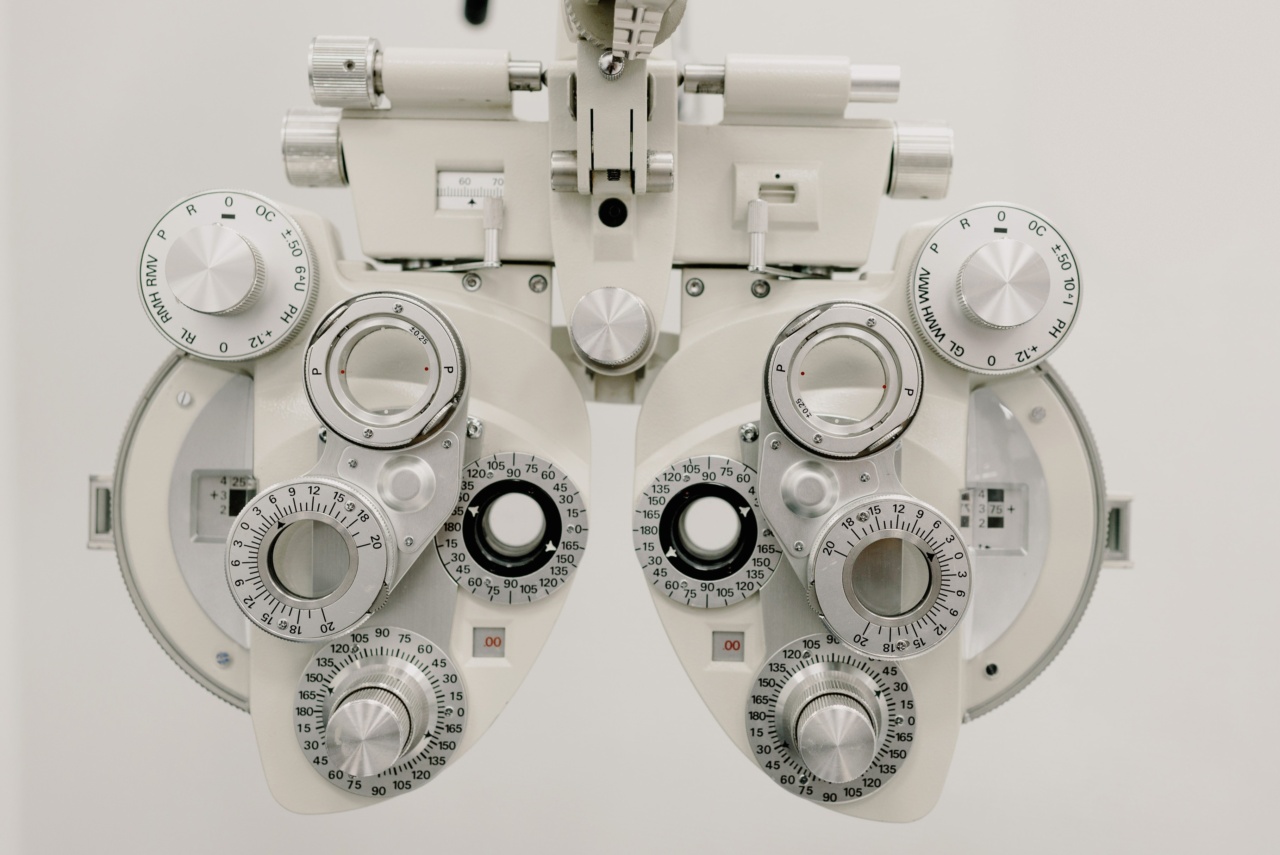The quality of the air we breathe can have a significant impact on our health. It is well-known that air pollution can contribute to respiratory problems, but recent studies have shown a link between poor air quality and vision problems as well.
In particular, long-term exposure to air pollution has been linked to a gradual loss of vision in adults.
How Air Pollution Affects Vision
Air pollution can lead to a number of health problems, including respiratory issues, heart disease, and stroke.
However, scientists have also found that tiny particles in the air, known as particulate matter, can enter the eye and cause damage to delicate structures like the cornea and retina. Over time, this damage accumulates and can lead to age-related macular degeneration, a condition that results in a gradual loss of vision.
Research has also shown that exposure to air pollution can increase the risk of other eye conditions like cataracts and glaucoma. These conditions can be debilitating and if left untreated can lead to permanent blindness.
Types of Air Pollution
There are several types of air pollution that can affect our vision:.
Particulate Matter
Particulate matter (PM) refers to tiny particles in the air that are too small to see with the naked eye. These particles can come from natural sources like dust and wildfires, but they are also emitted by vehicles, power plants, and factories.
When we breathe in these particles, they can enter our lungs and bloodstream, causing a range of health problems.
Nitrogen Dioxide
Nitrogen dioxide (NO2) is a gas that is emitted by vehicles, power plants, and industrial processes.
It can irritate the eyes and respiratory system, and long-term exposure has been linked to a range of health problems, including heart disease, respiratory issues, and cancer.
Sulfur Dioxide
Sulfur dioxide (SO2) is a gas that is produced by the burning of fossil fuels like coal and oil. It can irritate the eyes, nose, and throat, and long-term exposure has been linked to respiratory issues, heart disease, and stroke.
Preventing Exposure to Air Pollution
There are several steps individuals can take to reduce their exposure to air pollution:.
Avoid High Traffic Areas
Avoiding high-traffic areas can help reduce exposure to exhaust fumes. Choose less congested routes when driving or walking, and avoid exercising near busy roads.
Stay Indoors When Air Quality is Poor
When air quality is poor, it is best to stay indoors. Keep windows and doors closed, and use air filters to help remove pollutants from the air.
Use Public Transportation
Using public transportation, carpooling, or biking can help reduce emissions from vehicles. Walking or biking for short trips is also a good way to reduce pollution.
Support Clean Energy
Supporting clean energy initiatives can help reduce emissions from power plants and factories. Investing in renewable energy like solar or wind power can help reduce our reliance on fossil fuels, which are a major source of air pollution.
Conclusion
Poor air quality can have a range of negative health impacts, including a gradual loss of vision.
Those who are most at risk are people who live in areas with high levels of air pollution, those who work in industries with high levels of pollution, and individuals with pre-existing health conditions like heart disease or respiratory issues. By taking steps to reduce emissions and exposure to air pollution, we can help protect our health and our vision.



























